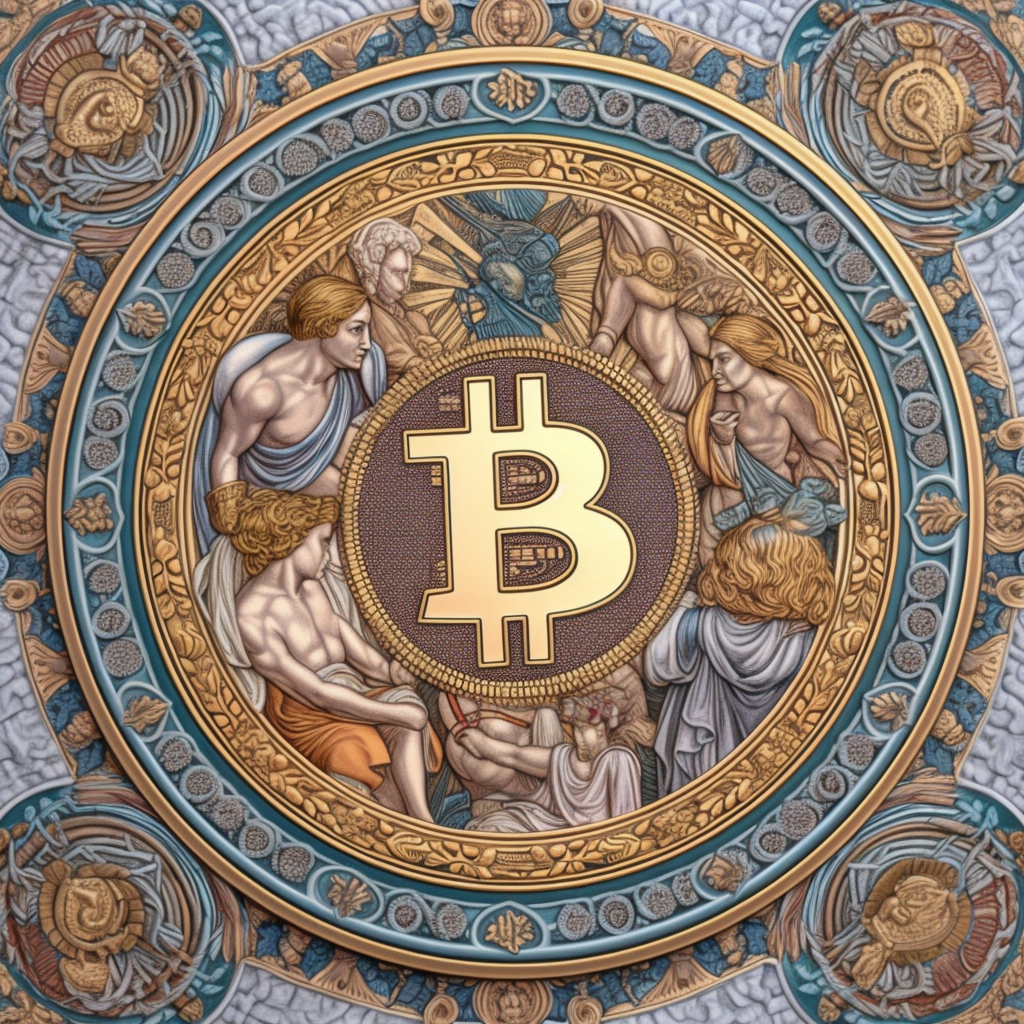GOOD MONEY: A MILDLY BLOODY HISTORY CHAPTER 2
GOOD MONEY: A MILDLY BLOODY HISTORY Our history now descends from a kingdom of gold to one of iron and rust. —Cassius Dio, Roman History
R
uled by a cruel and unstable man, the empire was beginning to crumble. Soon after he assumed power, the emperor’s sister conspired with several politicians to have him killed. The plot failed; the traitors were all executed. Now in his twelfth year on the throne, the emperor was regarded as an evil megalomaniac, reveling in games and drink and destroying any possible threat with ferocity. Marcia, the emperor’s mistress, stumbled upon a hit list, dismayed but not entirely surprised to find her name on it. Soon after, at a New Year’s Eve party, she slipped poison into his wine, but it wasn’t enough. Sick and weak, the emperor retreated to his bath, where he was met by a very strong man with a familiar face.
BRANDED WITH A “T” What do cattle and cheese and barley have in common? They have all been used as a form of currency in different parts of the world at some point in history. Before there was cryptocurrency on your computer, and before there were coins and bills in your wallet, money was virtually indistinguishable from common items found on the dinner table. And as odd as that may sound, consider that in hundreds of years, people will probably look at gold coins, dollars, and even Bitcoin as equally odd and even laughable forms of money. Before the invention of coinage, currency was a social convention subject to local custom, tradition, and whatever natural resources happened to be in the area. Trade was just that—swapping items for other goods, services, or perhaps even relationships. These micromoney networks operated in isolation, and often without formal written rules or standardization of any kind.
7











